Now and Then by Sue Hardy-Dawson (Guest Blog)
I began collecting books at the age of twelve when a lovely old chap on playground duty gave me a battered ancient bird book with beautiful tissue covered plates.
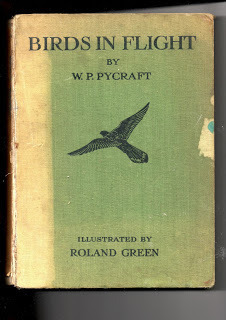
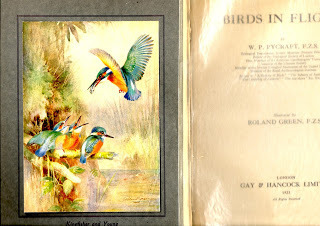
Birds in Flight by W.P.Pycraft, illustrated by Roland Green. 1922
To this day almost nothing is more exciting to me than the smell of foxed paper and a few loose pages. Perhaps I’m strange, but it’s an interesting and relatively cheap hobby and it does tell you a lot about how adults have perceived, or at least made assumptions, about children through the decades. And oh how books have changed from the earliest I own, from the turn of the century, to present day.
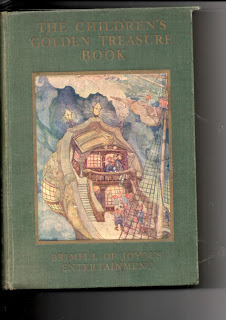 The Children's Golden Treasure Book, edited by John R. Crossland and M. Parish, illustrator unrecorded, 1935
The Children's Golden Treasure Book, edited by John R. Crossland and M. Parish, illustrator unrecorded, 1935
Firstly, the small number of picture books I own seem wordier, aimed at older children than would perhaps read them today. They are also very sedate and the author’s voice very evident as talking to and instructing the child.
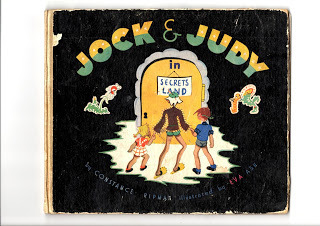
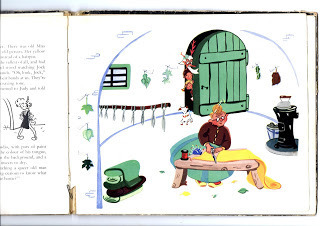 By Constance Ripman, illustrated by Eva Ash. Undated.
By Constance Ripman, illustrated by Eva Ash. Undated.
Children on the whole had less of everything, even when I was young. I owned perhaps twenty books, some passed down from my parents. I could name them all, even now. Of course I could, they were my most precious possessions.
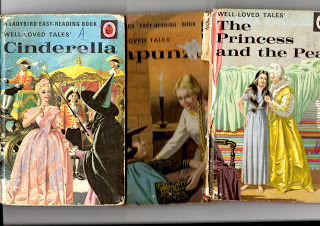 These Ladybird Books are tales re-told by Vera Southgate, illustrated by Eric Winter
These Ladybird Books are tales re-told by Vera Southgate, illustrated by Eric Winter
Aged eight I was a big fan of Enid Blyton, much to my father’s dismay; he made no secret of what he saw as their many flaws, however they were my special place to go and as such will always have a place in my heart.
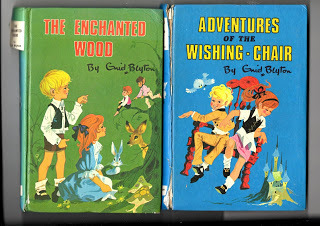
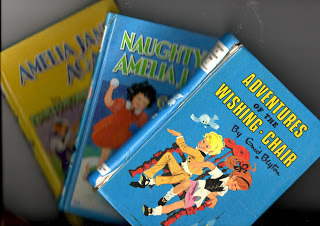 The illustrator of the Amelia Jane books was Rene Cloke, but the names of the illustrators of the other books are not recorded in the books.
The illustrator of the Amelia Jane books was Rene Cloke, but the names of the illustrators of the other books are not recorded in the books.
Yet what is true of them was true of many of their contemporaries. Children’s books were bristling with good upright members of the public. Moral lessons were the order of the day.
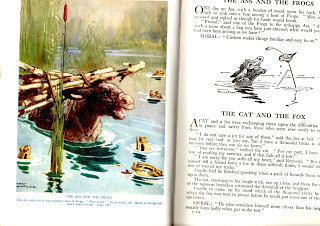
Even when risks were taken there were rules, not unlike the Geneva Convention, about being a decent ‘chap’. Yes I said ‘chap’ because ‘good sorts’ of girls were honouree chaps and this was thought, at the time, a great compliment. Equally villains were thoroughly villainous without extenuating circumstance or redeeming feature.
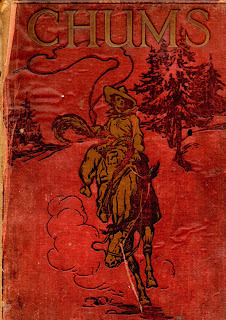 1922. Assorted authors and illustrators.
1922. Assorted authors and illustrators.
I am relieved at the changes that have allowed girls to become stronger characters, not chiefly reliant on boyish gallants for their instruction and protection. Reading through many of my old children’s books retrospectively I can see that they are peppered with stereotypes and even covert or occasionally overt racism; hard to believe but all perfectly acceptable at the time. And yes, I do often cringe when reading some of my old treasures.
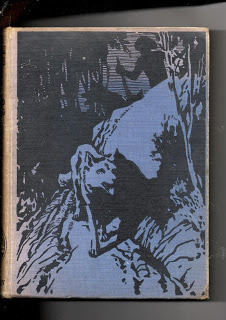
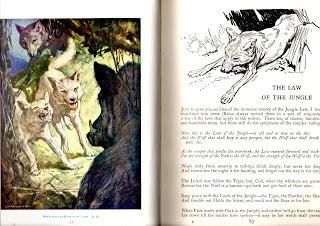 All the Mowgli Stories by Rudyard Kipling, illustrated by Stuart Tresilian, 1952.
All the Mowgli Stories by Rudyard Kipling, illustrated by Stuart Tresilian, 1952.
However deeply flawed as they seem to our modern eyes, I think in one sense the best of these books did make children feel safe, much safer than I suspect a lot of children feel today, introduced as they are to all of life’s grim realities at such an early age. My favourite was, and is, the one about a family of kingfishers.
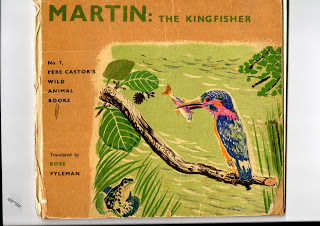 Undated, but presented to my mum in 1949. This is my favourite illustration from it:
Undated, but presented to my mum in 1949. This is my favourite illustration from it:
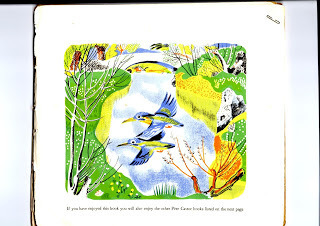
Writing for children, as with all forms of media, has moved on. Now the choice is immense and far more accessible to children who have a plethora of consumerables to choose from. Unsurprisingly, although my now grown-up children can name their favourite books, they couldn’t even begin to name every book they owned because they had so many. Even at the age of three , they had a much greater sense of self and their own opinions than I would have ever have presumed at their age. Their life experiences and their media experiences were much greater than mine, all be it in a virtual way.
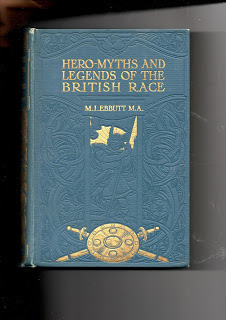 1912
1912
Picture books, like all other books, have evolved massively. They’re more colourful, slicker and in the main punchier than they have ever been and now more than ever they are aimed at the developmental stage of the younger child. However what has not changed, as any parent, or person working with children will tell you, is that the most important thing about any picture book is that it must also appeal to them. As a parent I well remember cringing at having to read some books, whereas others I've read hundreds of times and still think of fondly. I think this is probably why some books have stood the test of time, because they are lovely stories and they have wonderful illustrations and haven’t strayed too far down the path of what today would be considered non PC.
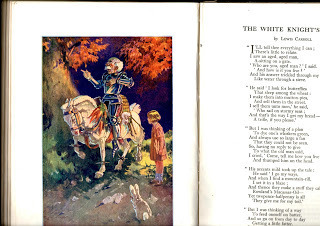
Yet in one sense, there are still no new stories, just new ways of telling them...
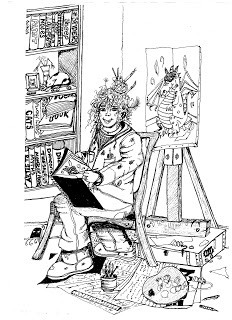
Sue Hardy-Dawson is a much published children's poet and illustrator. She has also been a childminder and a classroom assistant and is the mum of three grown-up children. Sue lives in Yorkshire with her family, and one cat, one fish and two Cocker Spaniels. You can find Sue on Blogger by clicking Sue's Link


Birds in Flight by W.P.Pycraft, illustrated by Roland Green. 1922
To this day almost nothing is more exciting to me than the smell of foxed paper and a few loose pages. Perhaps I’m strange, but it’s an interesting and relatively cheap hobby and it does tell you a lot about how adults have perceived, or at least made assumptions, about children through the decades. And oh how books have changed from the earliest I own, from the turn of the century, to present day.
 The Children's Golden Treasure Book, edited by John R. Crossland and M. Parish, illustrator unrecorded, 1935
The Children's Golden Treasure Book, edited by John R. Crossland and M. Parish, illustrator unrecorded, 1935Firstly, the small number of picture books I own seem wordier, aimed at older children than would perhaps read them today. They are also very sedate and the author’s voice very evident as talking to and instructing the child.

 By Constance Ripman, illustrated by Eva Ash. Undated.
By Constance Ripman, illustrated by Eva Ash. Undated.Children on the whole had less of everything, even when I was young. I owned perhaps twenty books, some passed down from my parents. I could name them all, even now. Of course I could, they were my most precious possessions.
 These Ladybird Books are tales re-told by Vera Southgate, illustrated by Eric Winter
These Ladybird Books are tales re-told by Vera Southgate, illustrated by Eric WinterAged eight I was a big fan of Enid Blyton, much to my father’s dismay; he made no secret of what he saw as their many flaws, however they were my special place to go and as such will always have a place in my heart.

 The illustrator of the Amelia Jane books was Rene Cloke, but the names of the illustrators of the other books are not recorded in the books.
The illustrator of the Amelia Jane books was Rene Cloke, but the names of the illustrators of the other books are not recorded in the books.Yet what is true of them was true of many of their contemporaries. Children’s books were bristling with good upright members of the public. Moral lessons were the order of the day.

Even when risks were taken there were rules, not unlike the Geneva Convention, about being a decent ‘chap’. Yes I said ‘chap’ because ‘good sorts’ of girls were honouree chaps and this was thought, at the time, a great compliment. Equally villains were thoroughly villainous without extenuating circumstance or redeeming feature.
 1922. Assorted authors and illustrators.
1922. Assorted authors and illustrators.I am relieved at the changes that have allowed girls to become stronger characters, not chiefly reliant on boyish gallants for their instruction and protection. Reading through many of my old children’s books retrospectively I can see that they are peppered with stereotypes and even covert or occasionally overt racism; hard to believe but all perfectly acceptable at the time. And yes, I do often cringe when reading some of my old treasures.

 All the Mowgli Stories by Rudyard Kipling, illustrated by Stuart Tresilian, 1952.
All the Mowgli Stories by Rudyard Kipling, illustrated by Stuart Tresilian, 1952.However deeply flawed as they seem to our modern eyes, I think in one sense the best of these books did make children feel safe, much safer than I suspect a lot of children feel today, introduced as they are to all of life’s grim realities at such an early age. My favourite was, and is, the one about a family of kingfishers.
 Undated, but presented to my mum in 1949. This is my favourite illustration from it:
Undated, but presented to my mum in 1949. This is my favourite illustration from it:
Writing for children, as with all forms of media, has moved on. Now the choice is immense and far more accessible to children who have a plethora of consumerables to choose from. Unsurprisingly, although my now grown-up children can name their favourite books, they couldn’t even begin to name every book they owned because they had so many. Even at the age of three , they had a much greater sense of self and their own opinions than I would have ever have presumed at their age. Their life experiences and their media experiences were much greater than mine, all be it in a virtual way.
 1912
1912Picture books, like all other books, have evolved massively. They’re more colourful, slicker and in the main punchier than they have ever been and now more than ever they are aimed at the developmental stage of the younger child. However what has not changed, as any parent, or person working with children will tell you, is that the most important thing about any picture book is that it must also appeal to them. As a parent I well remember cringing at having to read some books, whereas others I've read hundreds of times and still think of fondly. I think this is probably why some books have stood the test of time, because they are lovely stories and they have wonderful illustrations and haven’t strayed too far down the path of what today would be considered non PC.

Yet in one sense, there are still no new stories, just new ways of telling them...

Sue Hardy-Dawson is a much published children's poet and illustrator. She has also been a childminder and a classroom assistant and is the mum of three grown-up children. Sue lives in Yorkshire with her family, and one cat, one fish and two Cocker Spaniels. You can find Sue on Blogger by clicking Sue's Link
Published on September 12, 2013 23:30
No comments have been added yet.



